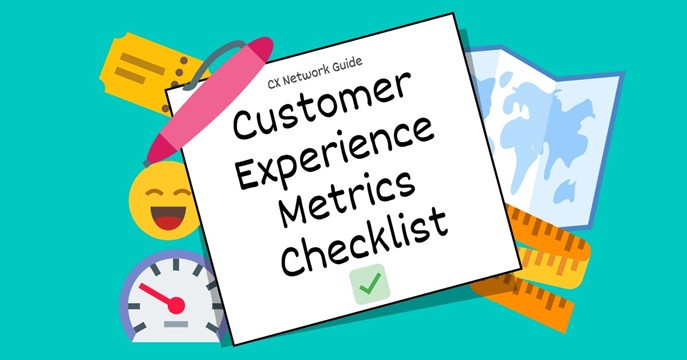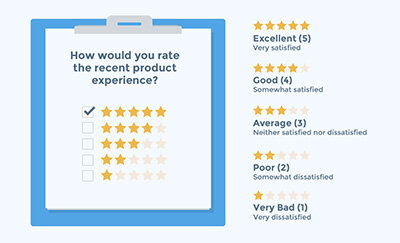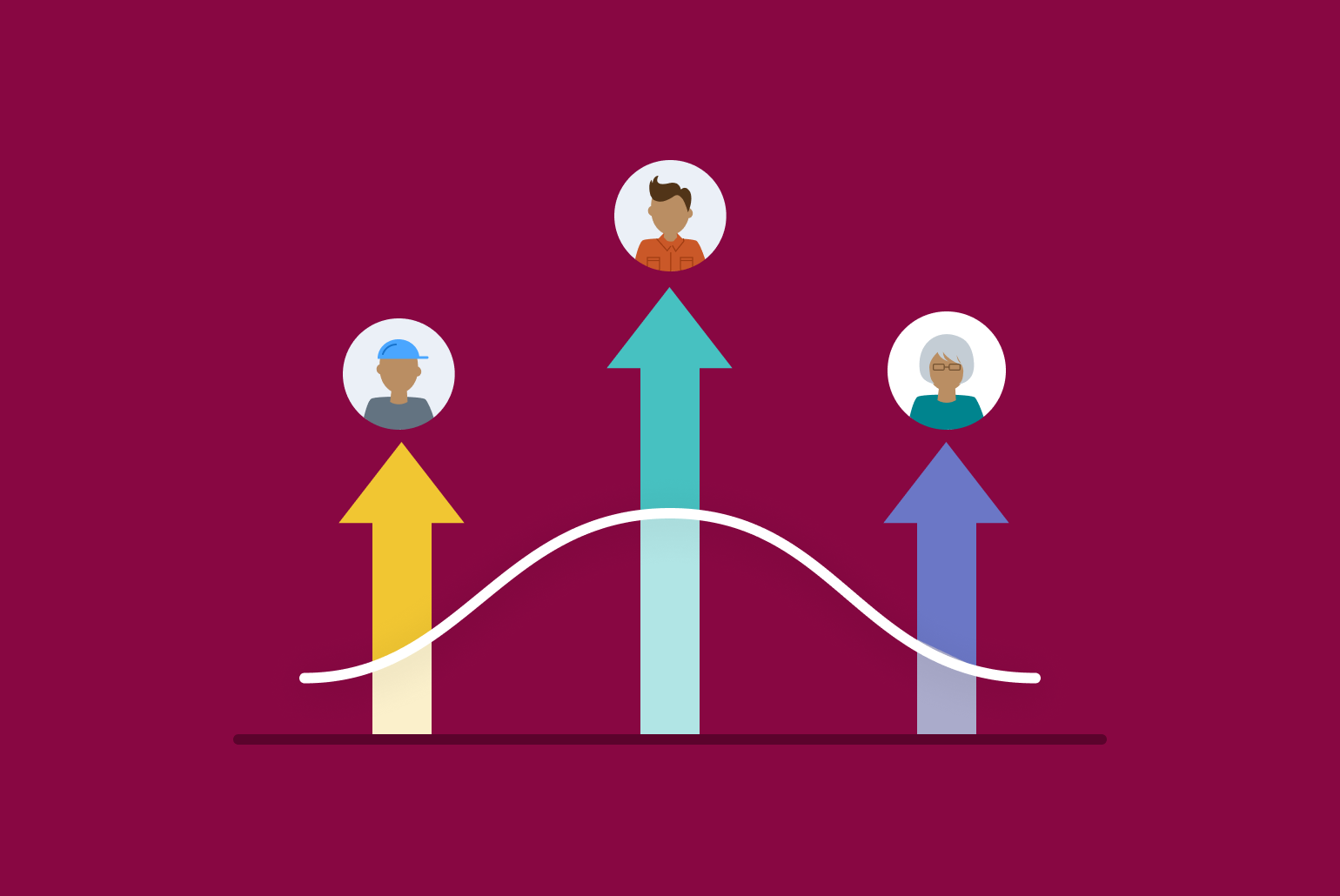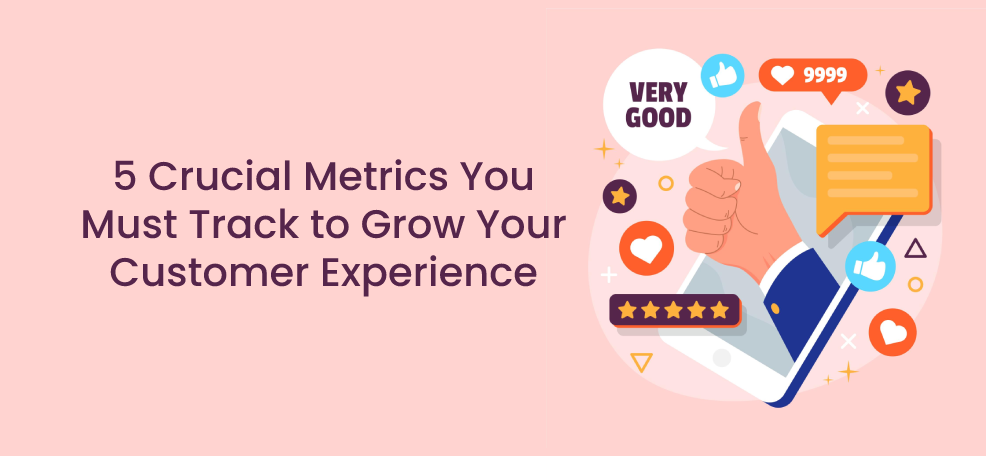17Did you know that about 50% of your customers will stop visiting your site even if they like and enjoy your products, solely because their experience through the process wasn’t satisfactory?
Startling, we know, but it’s true.
No more can you rely simply on the quality of your goods and services or the more than fair pricing you have in place. Instead, these are times, once again, where the customer is king. And their experience with the task of buying your products online is rapidly gaining more importance than the gratification they received from the item itself.

According to the statistics published by Nicereply, the estimated cost of switching products by the consumer due to a bad experience is $1.6 trillion in the US alone, while the same masses are ready to pay up to 16% more if the satisfaction derived from the process is higher.
Some studies show that a company providing a pleasant experience to its clientele has a 17% higher chance of growing each year as compared to its peers. Research has also found that such enterprises have a 68% chance of improvement in their online reputation within a span of 5 years.
These statistics in themselves exhibit the true value of a good customer experience. Some other important reasons could include the following:
-
Increased Revenue
Only when a consumer likes your services alongside your product will he or she continue buying the same over and over. Furthermore, there is a higher probability of them spreading the word about you amongst their family and friends. This brings for you a constant stream of income that keeps growing with every passing day.
-
Customer Retention
Regardless of how long they have been associated with your brand loyally, people are always on the lookout for better deals and products. However, if the pleasure of interacting with your personnel and your processes exceeds their expectations, they will want to continue with your company even at a higher cost.
-
Employee Experience
An employee’s experience during their time with you is of just as much importance as your consumer’s, because at the end of the day, what people are buying is being sold to them by someone on your team and ensuring both parties have a good time doing it is a sure-shot way of making certain that they both stick with you for the long term and do their best for the benefit of the same.
Key CX Metrics To Track And Improve Upon
While we are confident that there are several measures of customer satisfaction out there and that your organization has its own tools to gauge its heights, we have compiled for you here a list of some key metrics that you can track on a real-time basis to determine where you stand.
This also affords you the opportunity to mend your ways and improve on the factors that have a scope of performing better than they presently are.

So, here we go:
Net Promoter Score (NPS)
NPS, in layperson terms, provides an answer to the question of how likely an existing customer is to recommend the business to his or her friend, family, colleagues, and peers. It is a single survey query that is being used extensively by companies all around the globe to collect consumer feedback, ever since its inception in 2003. A lot of Fortune 500 organizations also prominently featured in this record, including Apple and Airbnb.
Your NPS is the one that can accurately inform you as to what your clients are thinking about your services and your brand in terms of positive, negative, and neutral. A percentage can thus easily be derived from the responses received.
To conduct this test, you can ask your buyers to rate you from 1 to 10, 1 to 5, or even on a scale of Extremely Liked to Extremely Disliked – it is absolutely your call to make. And to determine the results, simply subtract the percentage of detractors (negative responses) from that of the promoters (positive responses).
A thorough analysis of this score can also assist you in making predictions regarding future profits and losses or outlining the plan of action for the next quarter.
Customer Satisfaction Score (CSAT)
Just like the name suggests, a Customer Satisfaction Score refers to the tally of how content and pleased your customers are with your services and the entire experience. Alongside Net Promoter Score, CSAT is one of the most widely used methods to measure consumer feedback.
In most instances, it is shared with them immediately after a purchase or a customer service call or chat to get their instant input regarding the same.
While it can take many forms or be built on multiple types of scales, the most commonly used rating method is on a scale of 1 to 5, with 5 being the highest positive score.
Several websites and eCommerce sites like Facebook, Amazon, eBay, etc use this type of rating to show potential consumers how liked or how disliked the product is by similar buyers.

This can also be sent with a follow-up option of adding comments and suggestions to the evaluation so that you know what is the issue that they are facing and can work out a solution for the same.
It is noteworthy here that CSAT is not just used by eCommerce businesses but even by Google and its algorithms to decide and display what pages are to be ranked at the top in response to any query.
However, there are CMS and online store platforms available that can assist a company in successfully selling products online as well as ranking high through their optimization tools, for instance, BigCommerce SEO..
Customer Effort Score (CES)
The Customer Effort Score or CES is a purely transactional metric that is used to measure how much effort a consumer is having to put in to complete a single, specific task. It can be in response to an after-sales service or even a purchase itself.
How easy or how difficult was that certain task for the buyer to carry out tells you what function of your company is working properly and which needs more work.
Differing from NPS and CSAT in terms of the analysis that goes into understanding its scoring enables you furthermore to find out which customers are struggling.
When you can figure that out, you can reach out to them yourself in an attempt to help them out. This action helps you by both increasing the level of their satisfaction and by building an image and a relationship with them which can, in turn, result in them becoming more loyal towards your brand.
Customer Churn Rate
An exact opposite of the retention rate, Churn Rate is the measure of the total customers or business value you lost during a specific period of time.
For example, out of the 100 consumers who got on board with you at the beginning of the quarter, 25 stopped availing of your products and services due to various different reasons. Therefore, in this case, your churn rate at the end of the said quarter would be 25% or an equivalent of the amount they would have spent as your buyer.
Also, similar to the aforementioned retention rate, it is of utmost significance to figure out why a client is leaving and what you can do to stop them. It has been generally observed that acquiring new customers is much more stressful and expensive than keeping the existing ones pleased and happy.
While we realize the sheer vastness of this metric and the difficulty you may face in trying to keep a track of all the causes responsible for this loss, an infographic in the form of an abstract design can provide some much sought-after aid.
Customer Lifetime Value (CLV)
The entire predicted profit that comes in through a particular consumer, during a specified period of time can be attributed to that person’s Customer Lifetime Value.

According to Michael Catania, the co-founder, and CEO of Locaris, CLV is the most important metric for any eCommerce business as this is the only measure that factors in both time and profit.
He also mentions that the data that comes through this helps in determining a projected amount required to bring in new buyers alongside tracking and informing the company about the points in a consumer lifecycle wherein additional funds may need to be invested to retain the existing clientele.
Wrapping Up
In the business world, there is a famous saying – what you cannot measure, you cannot manage. And we stand by it one hundred percent! After all, how can you plan your actions in response to a crisis if you are not even aware that such a situation might occur?
The only way of having an idea about such an upcoming issue is by keeping a keen eye on all the elements that affect your business, and your customers and their satisfaction are of vital importance amongst them.
Therefore, if CX metrics are the way to go, so be it. Use these simple tools to get clarity in regards to your enterprise’s future in relation to your consumers and their contentment, and we assure you, success abounds.
Author Bio
Lucy Manole is a creative content writer and strategist at Marketing Digest. She specializes in writing about EdTech, productivity, career, technology, and entrepreneurship. When she is not writing or editing, she spends time reading books, cooking, and listening to music.




